What can you plant beets with in the same garden?

Taking into account the compatibility of crops can not only increase their productivity, but also save the gardener from unnecessary trouble with diseases and pests. Good neighbors help each other mutually. Let's see what you can plant beets with in the same garden.
Favorable cultures
Beetroot is a neighbor-tolerant crop. She has a high compatibility with other vegetables. Almost everything can grow well next to her, and this sympathy is mutual. But there are more favorable options.
- Radish... Radish is an early spring vegetable, it is often used in mixed plantings. Beets are dug up from July to October (depending on the early maturity of the variety). These two crops grow well between each other's rows. Radish is sown earlier. By the time the beets are growing their leaves and the root crop needs more space, the radish has already been harvested.
- Root celery. Celery is harvested at the end of September - the first half of October. Celery and beets can be planted in the same garden because they have very similar needs. The rows are combined to your taste.
- Different types of cabbage: white cabbage, broccoli, kohlrabi, Brussels sprouts. The exception is colored. She may grow worse. And other types of cabbage, especially white cabbage, have a positive effect. Both vegetables grow stronger, more powerful, with larger fruits. Cabbage is harvested later than beets.
- Spinach... Spinach roots produce saponins that stimulate the growth of root vegetables. Spinach is often planted next to not only beetroot, but also radishes, beans, tomatoes.
- Asparagus... Asparagus shoots are harvested in early spring, at other times of the year the plant becomes purely decorative. It has delicate light foliage, which will in no way prevent the beets from getting enough light.
- Grape... Beets are one of the best vegetables for compact planting next to grapes. She perfectly tolerates light partial shade, she likes the same soil, the pests of the two crops are different.
- Strawberry... Good friends with beets. This is not an optimal choice, but plants actively consume substances from the soil at different times, so they do not interfere with each other.
- Onion... A fragrant crop that often participates in mixed plantings. It perfectly repels pests, is combined with beets in terms of ripening. Garlic has the same properties.
- Mint... It perfectly coexists with almost all garden crops. It repels pests, improves the taste of beets.
- Marigold... This flower is often planted around the perimeter of the beds, it repels pests.
It goes well with beetroot, although it is believed that it can slow down the growth of root crops.
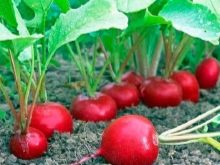
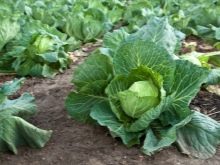
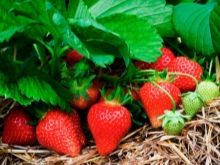
Carrots and cucumbers are favorable options. They are rarely planted next to beets, not because they are incompatible, they are good neighbors. But these vegetables are difficult to place in the same area. Cucumbers usually require warm beds, carrots are very similar in size and needs to beetroot. There is no particular advantage to this fit. There is also an opinion that carrots inhibit the growth of beets. For the same reasons, beets do not coexist well with tomatoes. Tomato and beetroot do not interfere with each other, but they do not particularly help.
Dill makes the root crop sweeter, but parsley, although it has a superficial root system, is an undesirable neighbor, next to it the beets become smaller. The exception is root parsley.
Beets can be placed between zucchini or squash... And also she is good friends with bush beans - these are plants of different levels, they do not interfere with each other.Beets protect the legume plant from bacteriosis, and beans supply the soil with nitrogen, to which this root crop is very partial.
Neighbors of beets in the garden in the open field, which can protect it from diseases, are chicory, marigolds, nasturtium. They scare off the beet nematode - a worm that often affects plantings.
Gingerbread and flower crops are planted around the perimeter, pests bypass such beds.
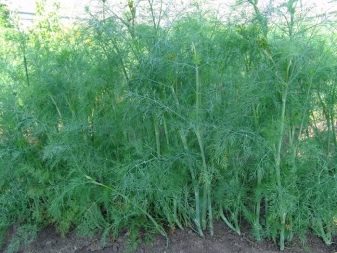
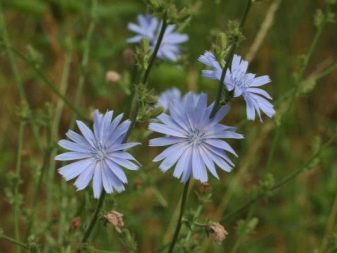
Here are some schemes for combined planting with beets.
- Broccoli + sage.
- Cabbage + celery + onion.
- Carrots + onions + savory.
- Cucumber + kohlrabi + onion.
- White cabbage + onion.
- Onions or garlic + carrots + tomato.
On any of these beds, you can plant an edging of mint, rosemary, chamomile, marigold. Sow lettuce or dill between rows. Any of the mentioned schemes can be shortened, for example, leaving only a few crops.
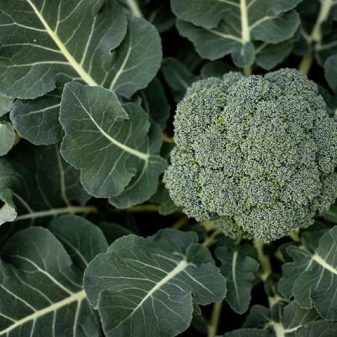
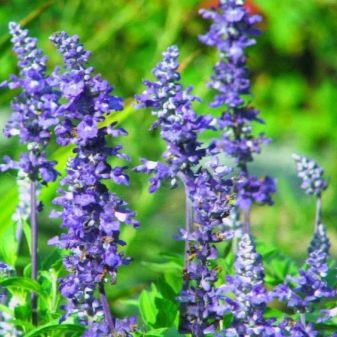
An example of agricultural technology of a combined onion + beet bed.
- The beds are 45 cm wide and 4-5 meters long... The row spacings are wide to facilitate maintenance - 80 cm. You can make sides on the beds. This will allow you to mulch the aisles with sawdust.
- Onion sets are planted in early May in two lines, rows - every 10 cm. The distance between the onions is standard - 5 cm.
- Sowing beets between two rows of onions - in mid-May, approximately after the emergence of onion shoots. The distance between the beet seeds is 10 cm.
- Thus, the growing onion covers the beet seedlings from the scorching sun. With the growth of beet leaves, the situation changes - now it already protects the onion from the tips yellowed from the heat.
- Onions are harvested in July, the garden is completely at the disposal of the beets. For her, such a landing pattern is sparse. The root crop, having received a lot of space, begins to fill with phenomenal strength. The beets will be very large when dug up.
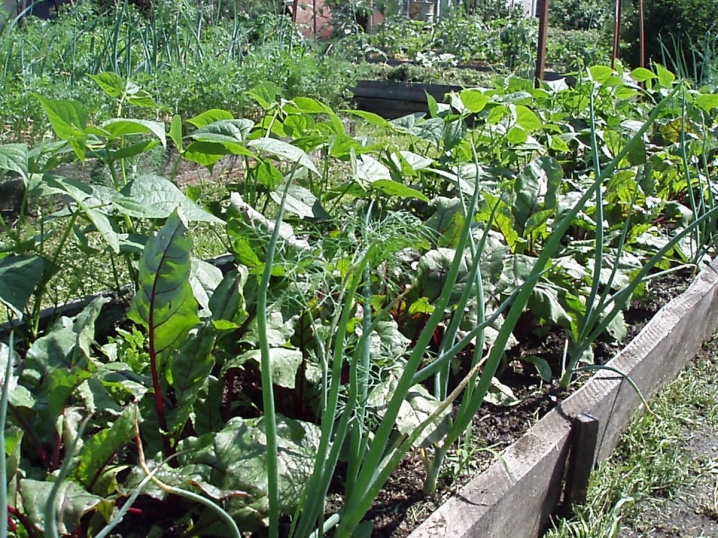
Intervals are mulched in several stages, as sprouts appear. Gradually, the layer of mulch can reach 5-6 cm. Top dressing with such agricultural technology is not needed, but you can apply fresh organic fertilizer 1 time per season - at the end of May. The herbal infusion for such feeding is prepared from the tops of weeds: nettle, dandelion.
Landings that make the most of the space in the garden are called sealing. Plants have different sizes and shapes of tops, the structure of the roots, so they do not interfere with each other.
In addition, the combined beds look more spectacular, especially if garden crops are complemented by spicy or ornamental plants.
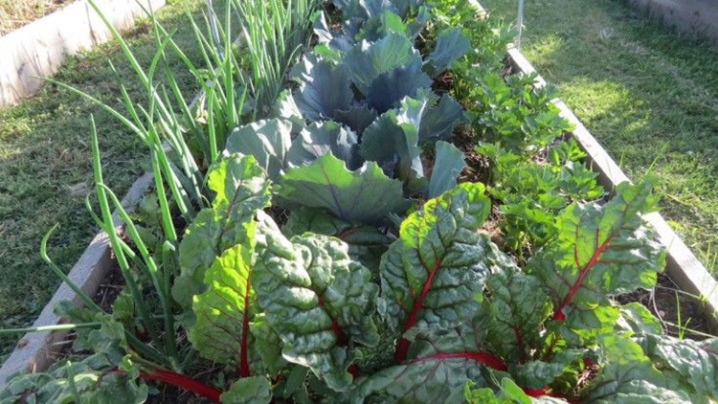
What can not be planted next to?
However, beets do not get along with some crops.
- Mustard... It can be sown after beets to enrich the soil, and it releases phosphates that are difficult for other crops to extract from the soil. It is a melliferous and phytosanitary plant that reduces the amount of wireworm in the ground. However, landing at the same time would be unfavorable for both.
- Pepper... Peppers are demanding on lighting and nutrition, beets quickly become a competitor to him, depletes the soil, shades. These two crops are not planted side by side, although some observations show they can grow well with each other.
- Corn... This is one of the most demanding agricultural crops, it actively absorbs nutrients from the soil, in addition, it releases substances harmful to the growth of the root crop.
- Curly beans... Beets have a positive effect on bush beans, and are also an excellent predecessor for them. Climbing beans are more demanding on soil conditions and nutrients. Burak will be a competitor to them.
Any neighborhood with these plants will be unfortunate. Not planted with beetroot fennel and hyssop... These two plants are very sensitive, it is better for them to allocate an individual place in the garden, and even better in the flower garden. Fennel does not tolerate constraint, if its roots are pinched, it will wither. Hyssop also prefers to grow alone, although it tolerates roses or clematis nearby.
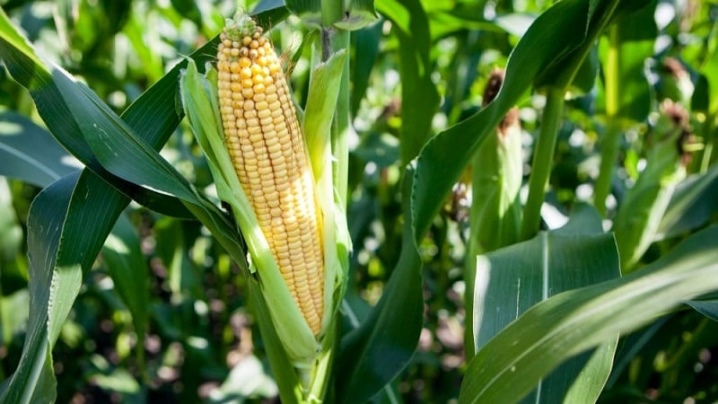
Helpful hints
There are some general rules for joint landings.
- The roots of crops should be located at different levels.
- Every plant should have enough sunlight.
- The needs of the crops should be approximately the same.
For example, the optimal pH for beets is neutral, slightly alkaline, with an index of 6.0-7.5. The same needs for this indicator have beans, artichokes, cabbage, spinach, parsnips, peas, strawberries, pears, peaches. Cucumbers, squash, and basil, on the other hand, grow in slightly more acidic soil.
And you also need to agree on the needs for lighting, soil type (looseness, nutritional value), watering and fertilizing.
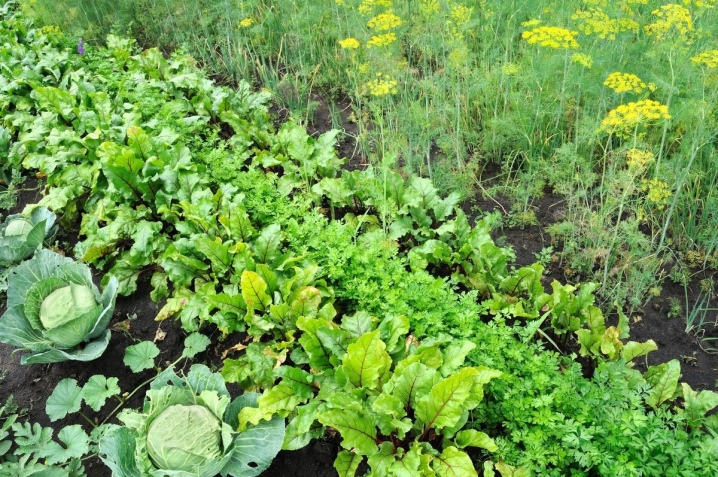
Vegetables with different ripening periods go well - while one is preparing to gain strength, the other is already completing his life in the garden. By light, the plantings are oriented so that tall plants do not shade the light-loving "short ones", but they cast a shadow on those who can burn out in the bright sun. Beetroot is actually a light-loving culture; in the shade, its fruits shrink, but it perceives moderate shading without much damage. Therefore, it is often planted around apple trees on either side. They retreat from the trunk by 1.5 m.
And also do not place crops from the same family next to each other (with the exception of peppers and eggplants). Beets don't have many famous relatives. It belongs to the amaranth family. The most famous of this family are several more crops: amaranth, quinoa and spinach. All plants are slightly damaged by pests, so the rule not to place closely related crops in this case can be neglected. On the other hand, almost all members of this family prefer nitrogen-rich soils, therefore, by combining them, you need to prepare a nutritious soil, or think over fertilizers.
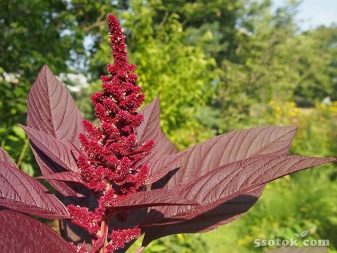
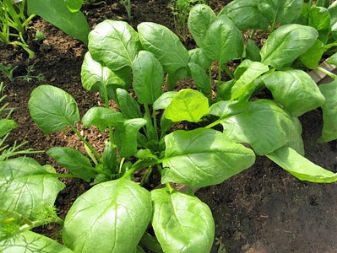












The comment was sent successfully.